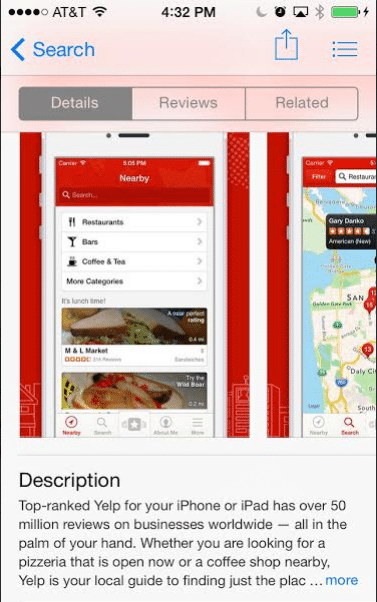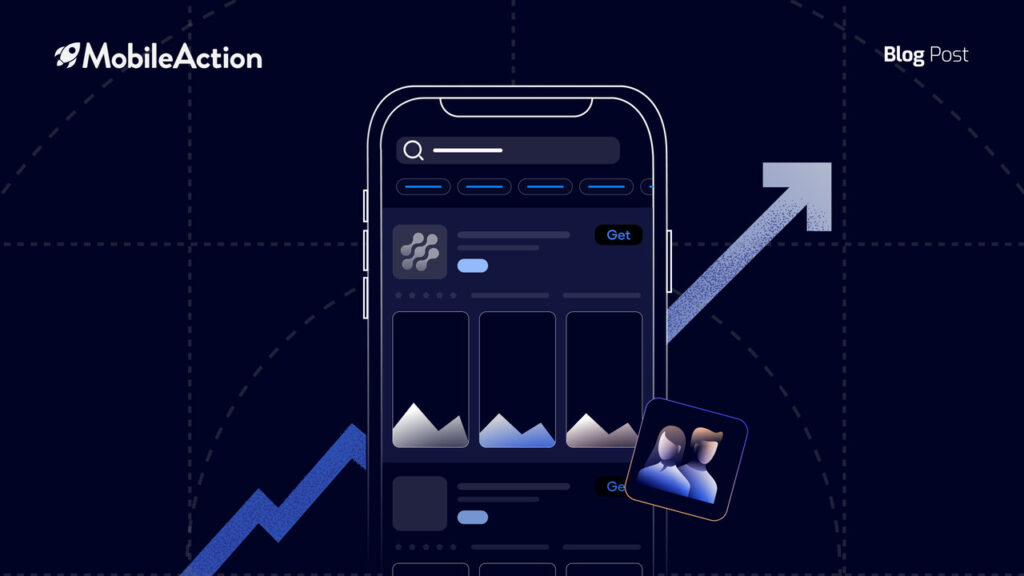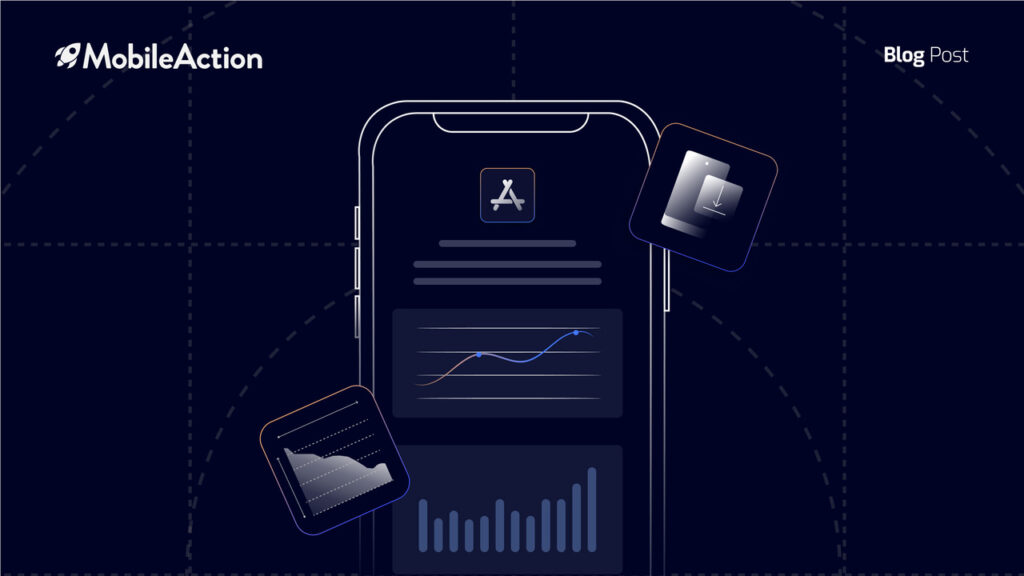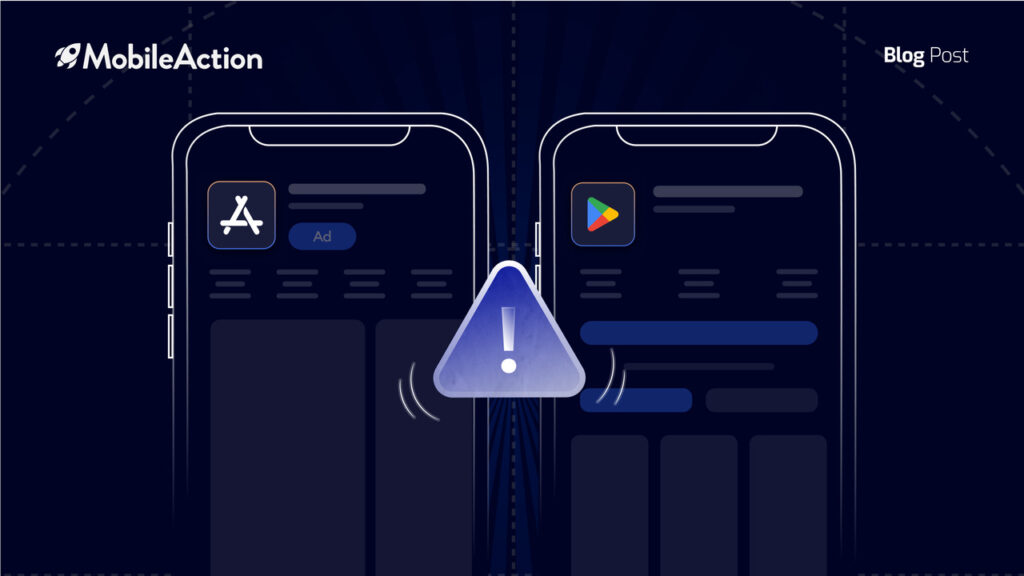Last month, Brandon Reim discussed how big companies tend to rely on ad networks to increase user acquisition. Today, I’d like to talk through the 11 epic fails big companies make with their user acquisition strategy.
According to a study done by Yodel Mobile, a UK integrated marketing agency, big retail firms who’ve tried App Store Optimization (ASO) fell flat in execution. In addition to this study, I’d like to share our experience and give you the 11 Epic Failures of Big Companies regarding app user acquisition strategies.
User acquisition strategy 11 epic fails of big companies from Zen Cachola
User Acquisition Epic Fail #1: Keyword Optimization
In the last blog I wrote #1 Mistake in ASO, I gave our formula that’ll help you increase your category rank. I stressed that keywords are the only submission apps have 100% control over.
Since February 2014, we talked to over 100 enterprise prospects and found that a staggering 92% of companies, do not utilize all 20 available keywords (or) 100 characters in iOS Apple Store. These companies include Fox Sports, Trulia, Yelp, Netflix, HBO, Skype, NBC, Redfin, ZipRealty, Zoosk, Time Warner, Linkedin, Victoria Secret, Starbucks & Disney.
User Acquisition Epic Fail #2: App Name Optimization
Moreover, 100% of the companies we talked to do not optimize their app name as a user acquisition strategy.
An app name will affect a category rank more than any app store details. Yet, we found that big companies do not use all 255 characters or let alone, use their most optimized keyword in their app name.
Check out these examples:
User Acquisition Epic Fail #3: Description Optimization
The category rank can be influenced by the description with Google Play yet, iOS Apple Store does not allow the description to carry much weight. Also, Google Play will let you update your description when needed, whereas iOS Apple Store will allow a change in description only during an update.
The description has a small part in converting users into installs. And big companies fail to utilize the 3 bullet point strategy. Consider Yelp’s description and since the average human’s attention span is less than 1 second in the mobile space, would the description convert you?
The 3 bullet point strategy will quickly help a user understand what the app is all about. Check out this awesome food porn app called Chefs Feed:
User Acquisition Epic Fail #4: Reviews & Ratings
Another point of conversion, if not the biggest reason why users will download an app is the reviews & ratings.
It is shocking to me that such a reputable and awesome company like Skype would only have 217 reviews; what’s worst is they only average 3 stars. I hold Skype in high regards and it is possible that they might not be tuning into what their users are sharing.
Personally, I find it unacceptable to have the two most well known media generating only 1 ½ star average and still, be the top grossing app in the News Category (iOS Apple Store). Something is fishy and I’d like to get to the bottom of the disparity.
User Acquisition Epic Fail #5: User Feedback
There is no refund to purchasing subscription apps and I’m not apologetic in calling out The Wall Street Journal, when I say listen to your users and iterate on your app – quickly.
Big companies overlook the In-app user feedback option to avoid public scrutiny; this feature should never be ignored.
User Acquisition Epic Fail #6: Product Iteration
If big companies have a hard time providing awesome customer service, at least iterate on your app’s UI/UX. Crashes are easily fixed and big companies can absolutely afford it.
This should be a #1 priority. Simply read “5 Actionable Tips to Increase your App Retention Rate Above 30% if you are serious about improving your usability.
User Acquisition Epic Fail #7: Simple UI/UX
I have to admit. My Starbucks addiction has led me to download their app in order to make my purchasing more efficient. My last update was absolutely horrid and from reading the reviews, I am not the only one. Because of the experience, I never want to update the app again. I’m an advocate of Starbucks and my LTV is obscenely high.
Let’s do the calculation:
$5.20 – Grande Java Chip Frappucino with an Add Shot blended X 5 Days/week X 52 weeks/year = $7,035.40 LTV per year.
They could use this money to resolve at least one concern listed below:
MOST COMMON MISTAKES WITH UI/UX
- Low Functionality – Slow & too many crashes
- No Tip-Tools or Tutorials
- Inefficient Authentication/Login Experience
- Too many steps to complete 1 action
User Acquisition Epic Fail #8: Share-ability
Out of all the apps mentioned, only Chefs Feed has a button for individual users to promote the app. Give the user an option to share your app to their social networks.
Check out this easy implementation below:
Additional functions of Shareability:
- In-app Share button
- Email to Friend/SMS to friend
- Social Media: FB, Twitter, Pinterest…
- Embed code for web/blog/digg virality
User Acquisition Epic Fail #9: Quantity or Quality
You might’ve heard this before: Do you want a guaranteed Top 25 Rank or do you want a higher ROI? Although the dilemma is logical, I would examine the two questions and ask: How do each goal affect my overall retention rate?
The quantity of downloads generated might increase category rank and to sustain your category rank could equal to more purchase. However, this method could also feel like shoving a product down a users throat and potentially have a backlash.
Let’s look at why The Wall Street Journal averaged the #2 Top grossing app in iOS News for 365 days. They are charging a subscription fee $12.99 or 22.99 and yet they have received a 2-star average rating from users.
We can infer that because they have a 2 star average, they are presumably receiving below a 10% average retention rate, over a 30 day bracket. So how do big companies have such a strong foothold in the top charts of app stores?
The only reasonable answer can be found in Epic Fail #11. But first let’s go to #10.
User Acquisition Epic Fail #10: Updates
An outstanding app that constantly iterates on user feedback would update their app between 2-3 times a month. In this big company example, The Wall Street Journal iterates only once a month; disappointingly, a total of 14 bug fix updates in the last 365 days (Exhibit A).
User Acquisition Epic Fail #11: Ad Network Spending
Most big companies’ solution to drive user acquisition and ROI is advertising. As long as the return on investment is higher than the ad spend, it is an absolute necessary to ad spend… ad spend… ad spend.
This user acquisition strategy has negative effects – summed up here in 3 points:
- A big brand stuffing their product down a user’s throat will equal to lower retention rates, bad user reviews & ratings, and bad social media impact (or) word-of-mouth.
- The big brand will cause the user to download a low functionality app, which will waste the user’s time, money and most importantly, trust.
- The big brand will hurt the app economy due to ad-network inflation and in turn, cause other apps to outrageously spend in order to outbid/outrank each other in category ranking or daily downloads.

The Wall Street Journal Assumed Ad Spending – 365 days (Exhibit A)
The graphs above will visually delineate how ad spending is a temporary fix to increasing category rank, generating daily downloads and inconsiderate ROI. It is not worthwhile if the 11 epic failures persists in big companies’ user acquisition strategy.
It’s like money is being thrown at ad networks without any forethought of the consequence.
The graph below is a chronicle of sustainable and smart user acquisition strategy. Ad spending once a month that will increase both category ranking, daily downloads and waranted ROI. Indubitably, a smart user acquisition strategy will experience organic uplifts and benefits the entire month.

Are you interested in expert advice, actionable steps or playbooks on spending less with mobile ad networks to achieve sustainable downloads? Would you like to intelligently gain more organic and paid installs?

















